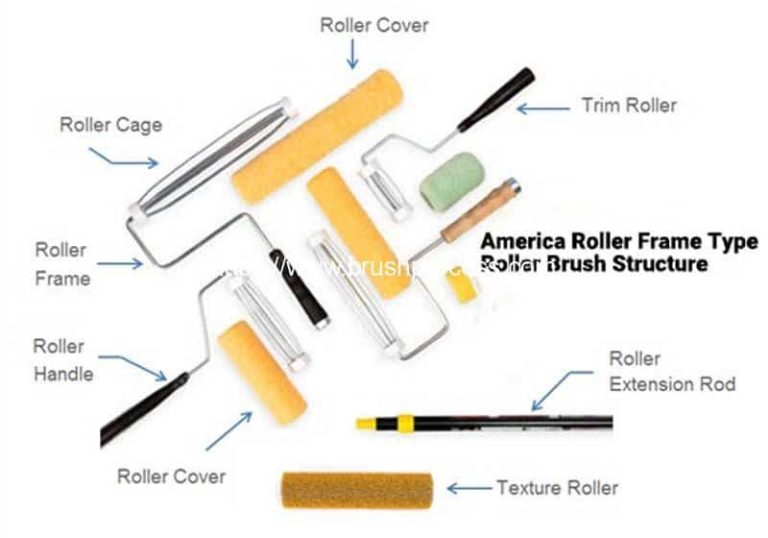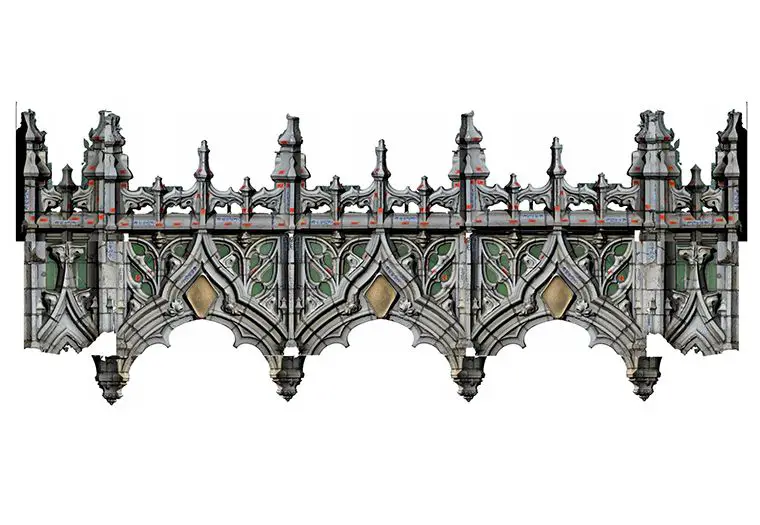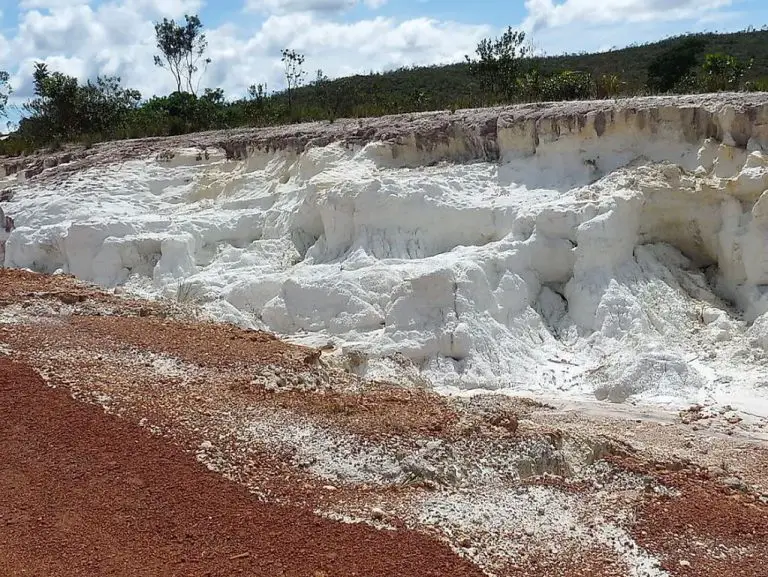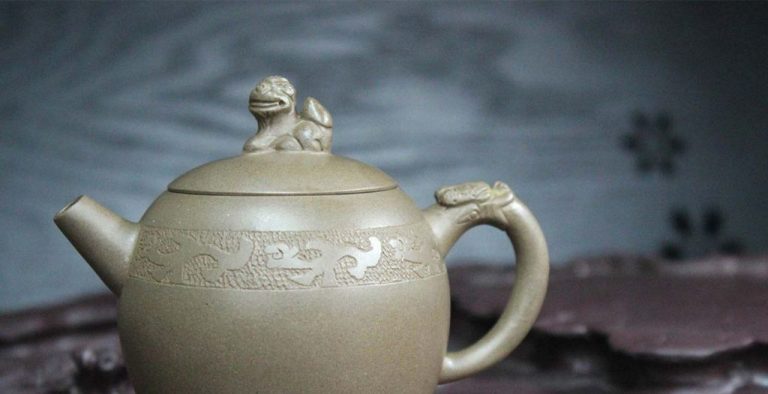Which Is More Expensive Bone China Or Fine China?
Bone china and fine china are both high-quality types of porcelain that are used to create elegant and luxurious dinnerware. However, there are some key differences between the two materials in terms of ingredients, manufacturing process, appearance, strength, cost and brand reputation.
This article provides an overview comparing bone china versus fine china, looking at the composition, production methods, aesthetic qualities, durability, pricing, and major brands for each type of porcelain. We’ll examine the advantages and drawbacks of bone china and fine china to understand which is ultimately the more expensive and luxurious dinnerware option.
What is Bone China?
Bone china is a type of porcelain that is composed of bone ash, china clay, and china stone. It was first developed in England in the late 18th century by Josiah Spode. Bone ash, which is made by burning animal bones, is what gives bone china its name and its delicate translucency. Typically, bone china contains about 50% bone ash, 25% china stone, and 25% china clay or kaolin. The bone ash enables the material to become vitreous at lower firing temperatures than normal porcelain. This results in a less dense, lighter, and more translucent final product compared to porcelain.
According to the Wedgwood’s Guide to Bone China, bone china is made by mixing together finely ground calcinated bones and china clay, also known as kaolin. This material is shaped and fired at a high temperature of 1200°C-1400°C. The bone ash enables the porcelain to become vitrified and translucent at a lower firing temperature than regular porcelain, resulting in the characteristic delicate, white appearance of bone china.
What is Fine China?
Fine china is a type of porcelain that is made from premium materials such as china clay (kaolin), feldspar and quartz. It involves higher quality control and more delicate manufacturing processes compared to standard porcelain tableware. The clay used for fine china has very small particles, resulting in a smooth, delicate feel and translucency when fired at high temperatures. Fine china can be made extremely thin, giving it a refined, elegant appearance.
According to How Much is Fine China Worth?, fine china has a bright, white color and smooth surface when finished. It is typically hand-painted with beautiful designs or gold-trimmed patterns. The thinness, translucency and dainty feel sets fine china apart from regular china and pottery. It requires gentle care and handling compared to heavier, thicker dinnerware. Major manufacturers of fine china include Royal Doulton, Wedgwood, Spode, Lenox and Royal Crown Derby.
Manufacturing Process
Bone china is made from kaolin clay, animal bone ash, and feldspar. The bone ash, which comes from cattle bones, makes up at least 30% of the material. The raw materials are mixed together and shaped, then fired at a high temperature of around 1,260–1,300°C to sinter the materials together into a hard, dense ceramic (Noritake). The high firing temperature causes the bone ash to vitrify and fuse with the clay particles, giving bone china its signature translucency and whiteness.
Fine china, on the other hand, does not contain any bone ash. It is made from kaolin clay and feldspar. The manufacturing process is similar, involving shaping and then firing the clay mixture at high temperatures around 1,260–1,300°C. However, without the bone ash, fine china lacks the trademark translucency of bone china. The firing temperature may also be slightly lower for fine china (Evertan).
Appearance
There are noticeable differences in the appearance of bone china versus fine china in terms of look, feel, and translucency. Bone china has a thinner, lighter feel and is smoother to the touch compared to fine china according to Everten (https://www.everten.com.au/blog/can-you-tell-the-difference-between-fine-china-and-bone-china/). The thinner walls and makeup of bone china make it more translucent, allowing more light to pass through the material.
As Noritake discusses, bone china is much more translucent than fine china, letting in more light when held up (https://noritake.com.au/blog/difference-between-bone-china-and-fine-china/). The high translucency gives bone china a brighter, glowing quality compared to fine china. Fine china tends to have a more opaque, solid white appearance. The differences in translucency and light passage are quite noticeable when comparing the two side by side.
Strength and Durability
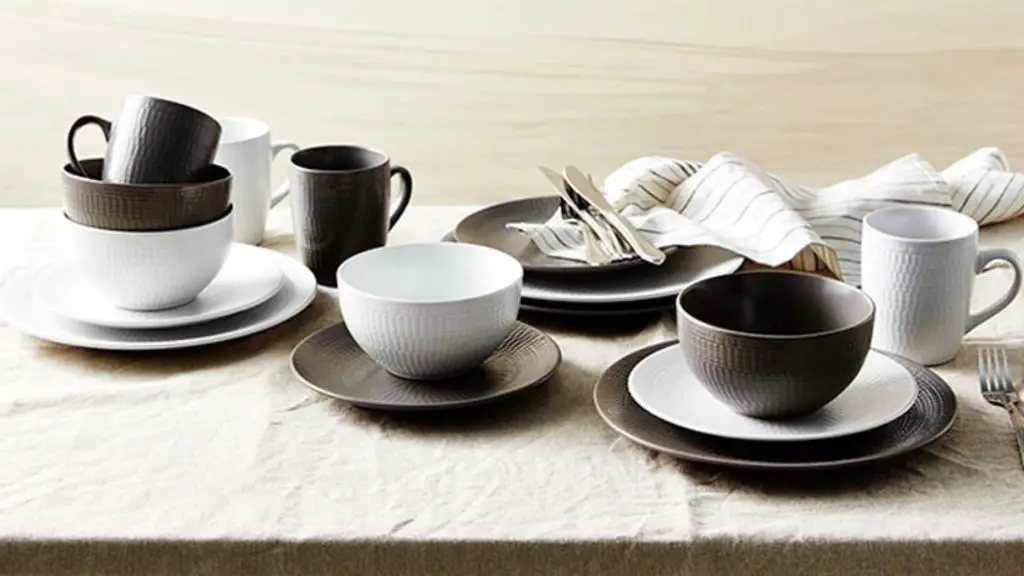
When it comes to chip resistance and breakage, bone china is generally considered more durable and resilient than fine china. Bone china contains a higher percentage of bone ash in its composition, making it less prone to chipping, cracking, or breaking compared to fine china which contains no bone ash (Source: https://thepotterywheel.com/fine-china-vs-bone-china/). The bone ash gives bone china added strength and reinforced structure. Bone china can withstand high temperatures up to 1260°C (2300°F) whereas fine china can only withstand temperatures up to 1090-1204°C (1994-2200°F) (Source: https://www.harrisscarfe.com.au/hub/home/bone-china-vs-fine-china-vs-porcelain). This high heat resistance makes bone china less prone to cracking or warping. Additionally, the thin, translucent quality of fine china can make it more fragile and susceptible to chipping from everyday use. Bone china’s durability makes it better suited for frequent use without damage.
Cost
Bone china tends to be significantly more expensive than fine china. This price difference stems from the material composition of each type of china. Bone china contains cow bone ash, which increases the cost of manufacturing. Fine china does not contain any bone ash [1].
The addition of bone ash requires an extra production step to burn cattle bones into a powdered ash material. This bone ash mixture must then be combined with the other ingredients in specific proportions. These additional steps make bone china more time-consuming and costly to produce [2].
The higher price point of bone china is also influenced by the perception of exclusivity and luxury associated with the material. Brands are able to charge more for bone china pieces, positioning them as high-end and aspirational products. As a result, bone china dishware is marketed at significantly higher prices compared to similar fine china pieces.
Brands
Both bone china and fine china have a number of notable brands. For bone china, some of the most well-known brands include Lenox, Royal Doulton, Wedgwood, Spode, and Royal Albert.
On the fine china side, some top brands are Lenox, Wedgwood, Royal Doulton, Bernardaud, Herend, Meissen, and Limoges. Brands like Lenox, Wedgwood, and Royal Doulton produce both bone china and fine china products.
The specific brand can impact the pricing for both bone china and fine china pieces. More established luxury brands like Herend and Limoges tend to command higher prices compared to mass market brands. But brand is just one factor in pricing – others include the complexity of the design, details like gold rims or hand-painting, and limited edition runs.
Uses
Bone china and fine china are typically used for formal dining occasions like fancy dinners or special celebrations. Bone china is considered the most formal and elegant option. Its delicate, translucent qualities make it perfect for upscale place settings. Fine china is also appropriate for formal place settings, though generally considered a tier below bone china. Both are too fragile and luxurious for everyday casual dining.
For casual meals, most people opt for durable dinnerware like porcelain or stoneware that can withstand frequent use and cleaning. Bone china and fine china are primarily reserved for special occasions when appearances matter most. The thin, light construction that gives them an appealing aesthetic also makes them impractical for daily use. Though beautiful dinnerware options, their delicacy necessitates care in handling and cleaning. Most hosts limit using their fine bone china or china to 2-3 times per year for formal dinners or parties.
In summary, the uses differ primarily based on formality. Bone china and fine china are sophisticated choices for upscale, elegant dining settings. Porcelain and stoneware work better for casual everyday use.
Conclusion
In summary, the key differences between bone china and fine china are as follows:
Manufacturing: Bone china contains bone ash in the clay mixture while fine china does not. This gives bone china an even more delicate appearance and feel.
Appearance: Bone china has a brighter white color and glossier finish compared to fine china. Fine china often has a more ivory or grey tint.
Strength: Bone china is lighter and thinner but slightly stronger than fine china due to the bone ash reinforcement. However, both are delicate and prone to chipping.
Cost: Bone china tends to be more expensive due to the added cost of bone ash and specialized manufacturing techniques. Fine china is still high-quality and costly, but usually not quite as expensive as bone china.
While the differences are subtle, bone china edges out fine china when it comes to prestige, appearance, and durability. However, both offer beauty and elegance for formal dining and special occasions. Choose based on aesthetics, strength, and budget.

